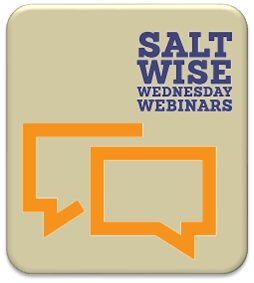.

.
.
.
DOWNLOAD: Handout for posting (PDF)
You can keep sidewalks and driveways safe this winter while protecting our waters by following these simple steps:
 | Shovel Clear walkways and other areas before the snow turns to ice. The more snow you remove manually, the less salt you will have to use and the more effective it will be. |
 | Let the sun take over If your shoveled area gets some sun, then you may not need to do anything else even if the temperature is below freezing. |
 | Sand Sand is abrasive, so when applied on ice, it makes it safer to walk on the slippery surface immediately. If it snows again, then you’ll need to reapply it. “Sandbox sand” is difficult to spread because of the smaller grains and sticks together easier; so look for “sand” or “masonry sand.” |
 | Scatter If needed at all… If you use salt, scatter it so that there is space between the grains. Believe it or not, a 12 oz coffee mug of salt is enough to treat 2 parking spots or 10 sidewalk squares. |
 | Switch When pavement temperatures drop below 15 degrees, salt won’t work. Switch to sand for traction or a different ice melter that works at lower temperatures. |
 | Select a Certified Contractor Check to see if your contractor is already certified through the WI Salt Wise Winter Salt Certification Program. If not, encourage them to become certified and to follow appropriate application rates. |

